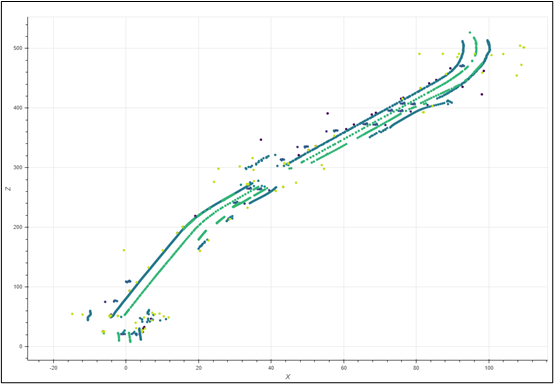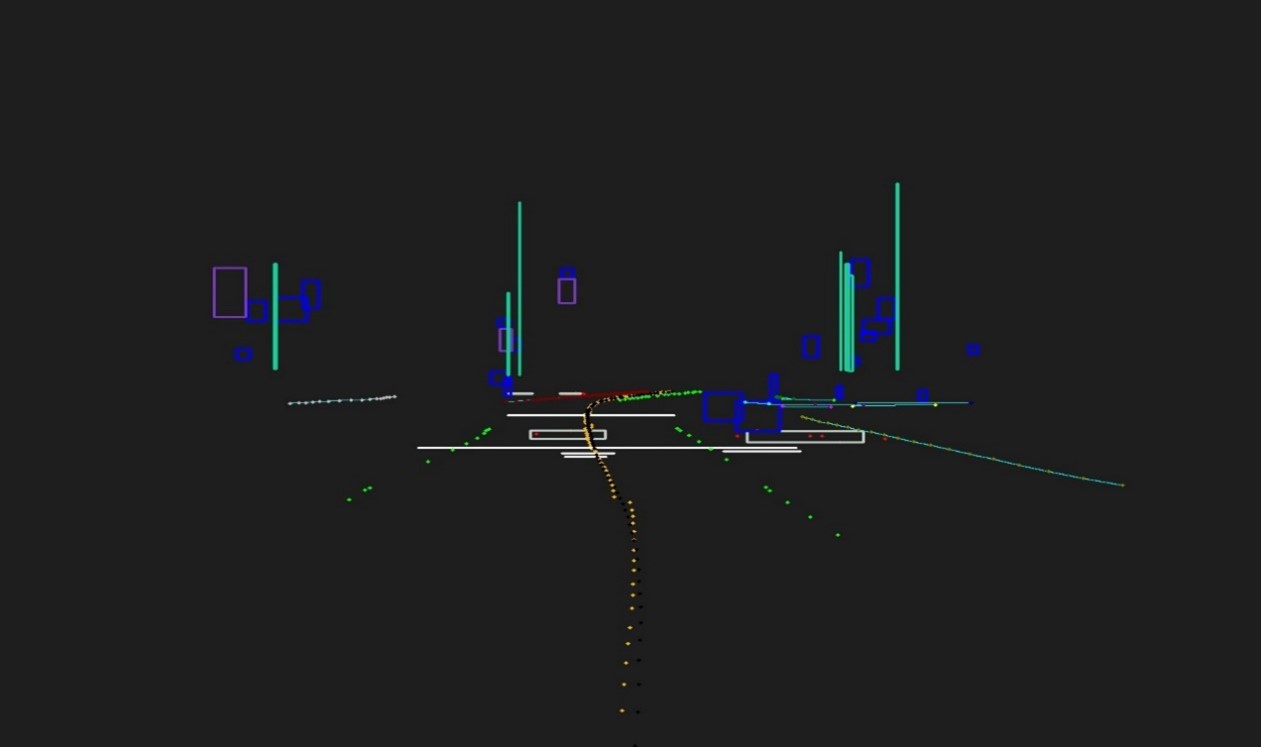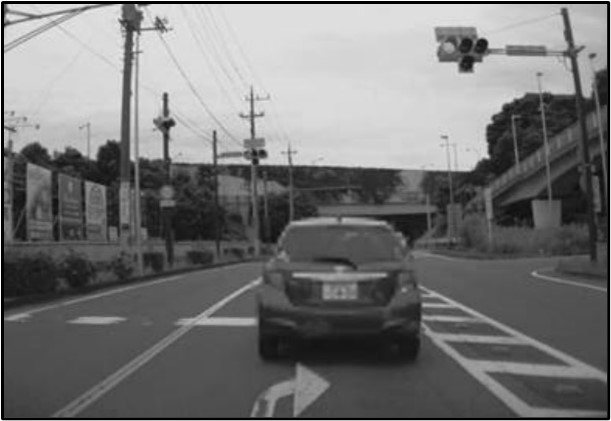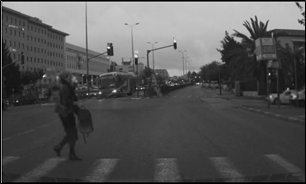Company
Last Revised: August, 2021
Notice regarding Mobileye’s Collection of Road Segment Data (RSD) from Aftermarket Fleet Vehicles
Identity, Contact Details and Representative of Controller
What is Road Segment Data (RSD)?
Mobileye’s latest generation of system-on-chip, the EyeQ®4, empowers the collection of data which Mobileye calls ‘road segment data’, or ‘RSD’. It’s a classic form of ‘crowdsourcing’. There are two types of RSD:
‘Regular’ RSD is a binary representation of 3D objects in each road ‘segment’ which the chip detects and measures. These 3D objects are principally the road itself and locations of markings, signs, edges and street furniture, from which highly-accurate maps can be generated. Also collected are data about various aspects of what is happening on and around the road, such as: numbers of pedestrians on the road or to its side; potholes or cracks in the road surface; and ‘foreign’ objects on the road. RSD also includes certain information about how the vehicle is being driven, e.g. speed, braking, and time-to-collision with the vehicle in front.
A graphic representation of a ‘regular’ RSD may look like this:
Bird’s eye view

Camera view:

‘Image’ RSD is traditional pictorial images of the road – where Mobileye’s cloud identifies that such images would be useful in addition to ‘regular’ RSD. See further at paragraph 9.
What do you mean by 'Aftermarket Fleet Vehicles'?
Aftermarket vehicles are vehicles into which the Mobileye 8 Connect™ product (the 'Product'), powered by the EyeQ®4 chip, is retrofitted after vehicle manufacture is complete – even if it is the manufacturer itself which installs it. (By contrast, this Notice does not address cases where a manufacturer builds the chip and features powered by it into the very fabric of the vehicle.) Aftermarket fleet vehicles are those aftermarket vehicles owned or leased by a business or other organization, which (as opposed to private vehicles) are almost always driven by someone other than their owner – usually someone working for that business or organization, but could also be a holiday hire or the like.
How does Mobileye receive RSD from the Product?
The Product uses its inbuilt connectivity, if activated, to upload RSD to Mobileye’s ‘cloud’ (and also to download other data from it, such as over-the-air software updates), independently from operation of the host-vehicle itself.
Does the Product constantly collect RSD?
No, it collects RSD only according to Mobileye’s needs at the time.
Does RSD contain any personal information ('Pl')?
No. PI is, essentially, any information which can be used to identify a person. (The EU’s General Data Protection Regulation – widely regarded as the strongest privacy regulation in the world – defines it as “information relating to an identified or identifiable natural person”.) As elaborated below, Mobileye’s privacy-by-design approach ensures that RSD collected from aftermarket fleet vehicles is anonymous by nature (that RSD is anonymous, not anonymized).
Explain
The most important factor is that Mobileye does not know or care who is or was driving a particular fleet vehicle.
Although each piece of RSD carries a unique ID (a ‘GUID’) identifying the Product unit which collected it, this GUID is irrevocably deleted after a few days maximum, and usually far less, thus severing any link between the RSD and the Product unit.
In addition, no journey that a Product has undergone can be recreated since every journey comprises a varying number of pieces of RSD and each piece of RSD is ‘atomic’, i.e. it is separate from all other pieces of RSD, whether they come from the same Product or not.
Hang on, what about GPS ?
GPS allows Mobileye to geolocate a Product in real time only to facilitate RSD-collection, irrespective of whether any RSD is actually collected. Mobileye Mobileye does not store historical Product geolocations. So, that is, Mobileye may know where a Product is right now, but not where it was earlier.
Can you summarise the above?
Yes. Mobileye can know where a Product is located in real time, and Mobileye can, for a limited time, trace a particular piece of RSD back to a particular Product. However, Mobileye cannot know where a particular person – the driver – is or was at a particular time. So: RSD ≠ PI.
What about PI of people other than the driver/s? Does RSD ever capture third-party PI?
‘Regular’ RSD captures no third-party PI.
To avoid ‘Image’ RSD incidentally doing so, the Product obscures all PI within the image – typically faces and license plates – inside the Product itself, prior to the image’s upload to the Mobileye cloud. This ensures that no third-party personal information ever leaves the vehicle or is ever collected. Here are examples of images with personal information obscured:


How to Contact Us
If you have questions or concerns about Mobileye’s privacy practices, or to exercise any of your rights and choices as described in this Notice, you can contact us using any of the following methods. Please include your contact details and a detailed description of your request or privacy concern:
- By email to the Data Protection officer at privacy@mobileye.com;
- By mail to the address below:
Mobileye Vision Technologies Ltd
Attn: Privacy/Legal Department
13 Hartom St. Har Hotzvim,
Jerusalem, Israel 9777513 In the European Economic Area, by contacting our European Data Protection Officer at the address below:
European Data Protection Officer
Mobileye Germany GmbH
Lütticher Str. 132
40547 Düsseldorf, Germany.





